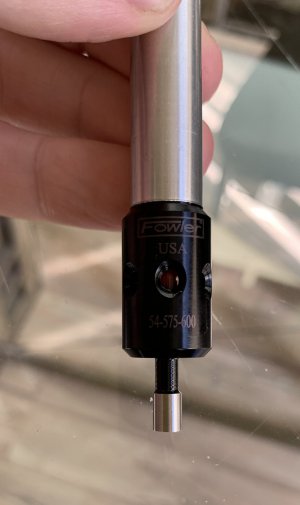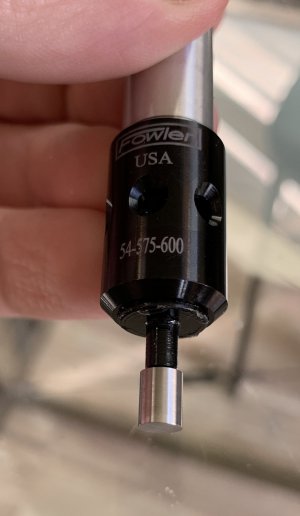- Joined
- Jun 26, 2018
- Messages
- 1,726
Merry Christmas all!
Anyway, just a final update, kind of interesting. So, Amazon let me keep the incomplete gauge (Amazon is pretty decent on their policies) credited me ttge $40 and sold me a new one for $20. The new one is complete and works, HOWEVER....
LOOKING at the two there are some difference and a large quality issue. Obviously the brand name model number are much harder to see than the other and the actual problem on one isn't flush and quite dinged up. I would be concerned on the centering of the probe. I ended up using the original shell with the new guts. It did include batteries this time. I'm going to check run out on both, even though you don't have it rotating when using, there could be a solid .010 runout, but who knows. Is one a knock off? They are different& I wouldn't see any other reason for the difference and quality.
Anyway, just a final update, kind of interesting. So, Amazon let me keep the incomplete gauge (Amazon is pretty decent on their policies) credited me ttge $40 and sold me a new one for $20. The new one is complete and works, HOWEVER....
LOOKING at the two there are some difference and a large quality issue. Obviously the brand name model number are much harder to see than the other and the actual problem on one isn't flush and quite dinged up. I would be concerned on the centering of the probe. I ended up using the original shell with the new guts. It did include batteries this time. I'm going to check run out on both, even though you don't have it rotating when using, there could be a solid .010 runout, but who knows. Is one a knock off? They are different& I wouldn't see any other reason for the difference and quality.



